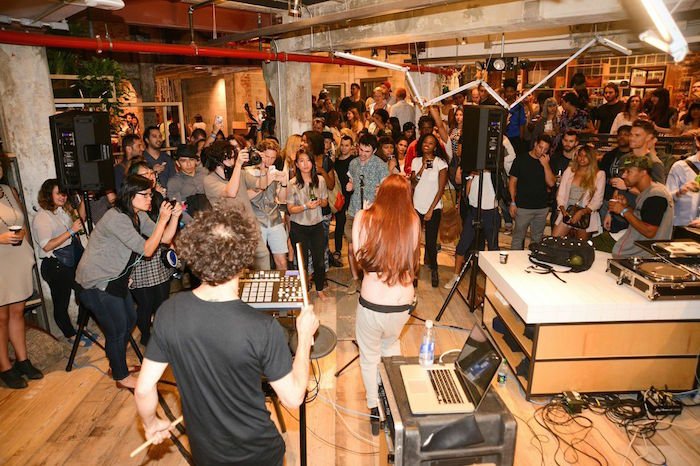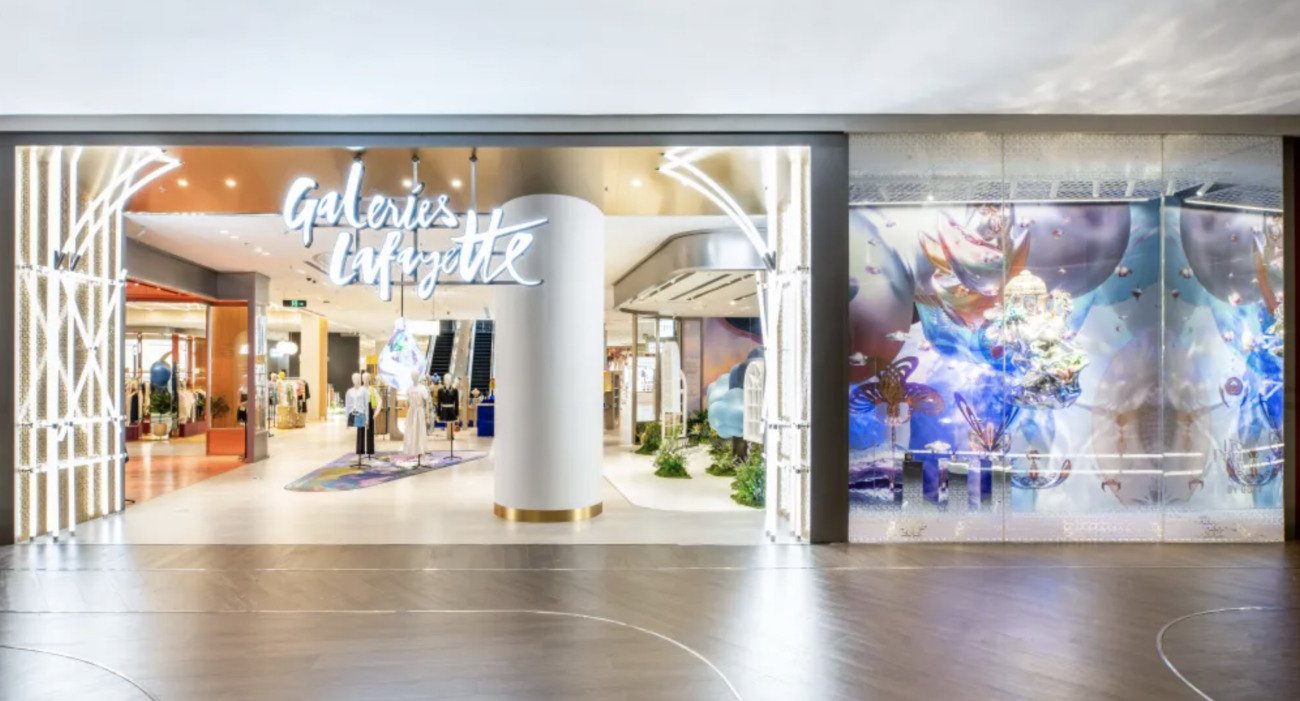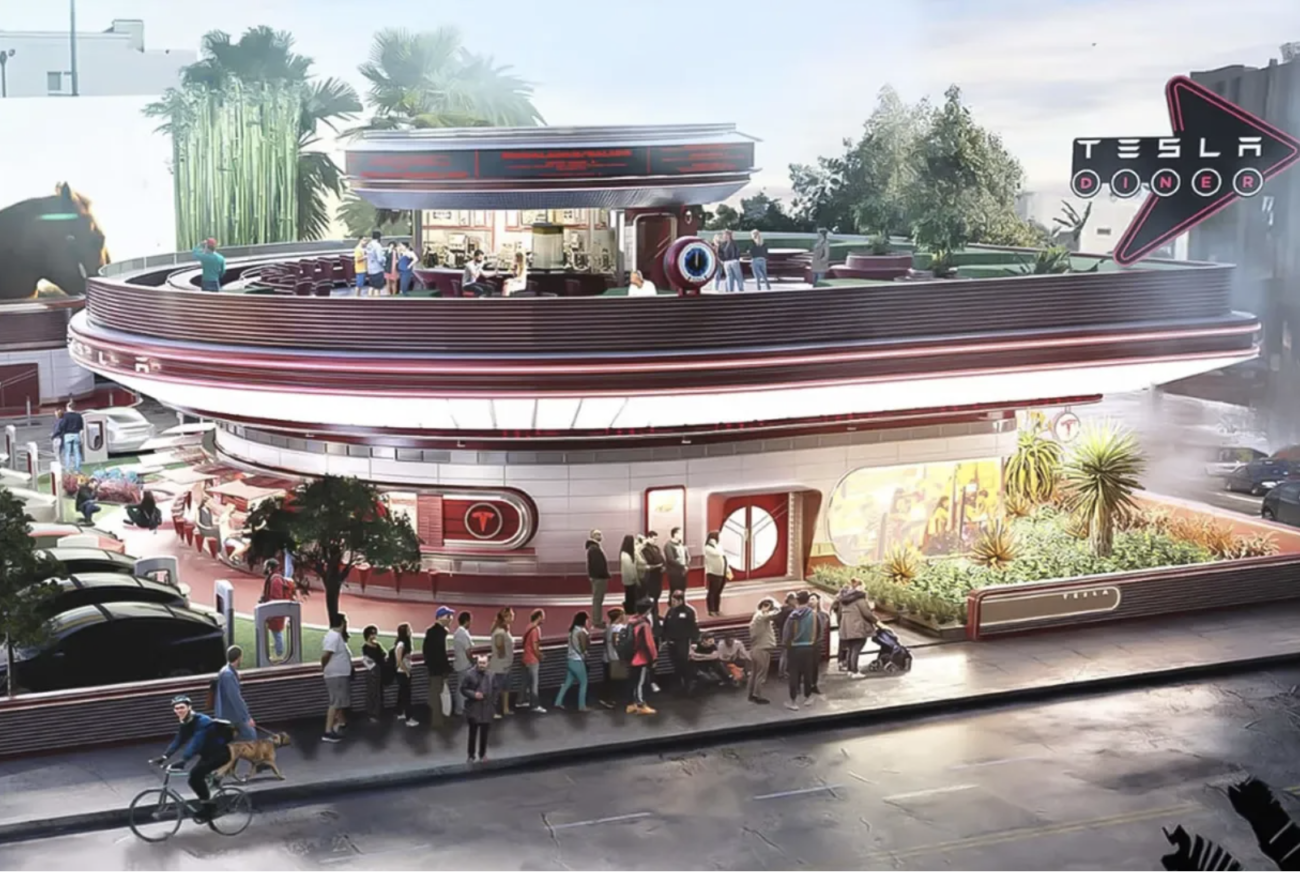The Retail Hub
What makes a store experience great – Is it the array of products? Customer service? Likely it is more than just one thing, but rather a combination of factors and emotions that lead customers to

What makes a store experience great – Is it the array of products? Customer service? Likely it is more than just one thing, but rather a combination of factors and emotions that lead customers to connect with the store. What this means is that retailers need to offer more than just a place to buy goods, but rather a space to transact in culture, experiences and relationships. To succeed in this, they will need to learn how to ‘Be The Hub’.
From the retailer’s perspective, the store is more than just a place to sell products, it’s the physical embodiment of a set of ideas and relationships. When customers choose to shop at a particular store, they’re also buying into those same attitudes and beliefs, and carrying them outside of the store. Brands can leverage this to assert cultural significance through initiatives that connect with their community around the things that are most important to them and give them more reason to visit. Brands already have a core set of values; now how does one bring that story to life in-store and share with the larger community?
This idea is described in a trend we are calling, ‘Community Cornerstone’, whereby retailers are setting aside space within their stores to push complementary services and experiences that go beyond their core product offerings. This new vision for retail imagines stores as marketplaces for relationships, not just products. By cultivating communal experiences within a store and inviting customers in to take part, retailers can create engaging moments that shoppers will return for again and again.
One example of this trend manifesting in the real world is from Urban Outfitters, whose flagship store in Manhattan features an array of complementary services aimed at bringing in shoppers for reasons beyond the typical collection of clothing and novelty items. An in-store Intelligentsia cafe encourages customers to linger over coffee while the Los Angeles-based Hairroin Salon featured in store offers a full service salon specialising in cuts, colours and extensions, making it easy to grab a quick cut while still being able to shop the rest of the store. The store additionally features a Bikestock bike repair station and a photography section complete with a booth for printing Instagram snapshots, positioning the store as a lifestyle center as opposed to strictly a clothing retailer.
In another example, luxury fashion brand Club Monaco’s flagship store on Manhattan’s Fifth Avenue features local offerings which entice shoppers to spend more time in store. Alongside the fashion is an outpost of Williamsburg, NYC mainstay Toby’s Estate Coffee and a Strand book shop with over 700 eclectic titles. Club Monaco wanted to create a space where shoppers do not just come to buy a sweater, but come to get an education on art and culture.
Today’s shoppers are looking for a more meaningful experience in brick-and-mortar retail, particularly in comparison to the convenience of online. In order to stay relevant in the physical space, retailers must connect with their surrounding area, and build truly meaningful experiences with the local community.
ViaPSFK
 English
English







